Instrument calibration is a meticulous task that varies based on the type of instrument being calibrated and the specific calibration methods and plans it requires. The instruments used for calibration are diverse, and even professional calibration organizations cannot completely eliminate the possibility of errors during the process. But why do errors always occur during instrument calibration? What factors contribute to these errors?
This article analyzes the common sources of calibration errors, focusing on several key aspects:
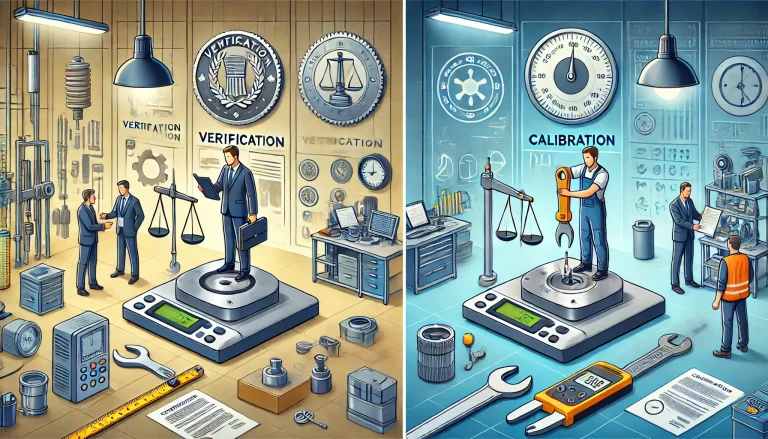
1. Incorrect Calibration Measurement Method
An incorrect calibration method can introduce significant errors. Using inappropriate techniques or outdated calibration procedures can result in inaccurate measurements. Calibration requires careful adherence to established protocols, considering both the equipment and the standards against which measurements are taken.
2. Uncalibrated or Biased Calibration Equipment
If the calibration equipment itself is not calibrated or has deviations from the expected standard, errors are inevitable. For instance, instruments that have not been calibrated before use or instruments that have not been maintained regularly can experience “zero drift,” leading to inaccurate readings. The best practice to avoid such errors is to thoroughly calibrate the equipment before every use and replace worn-out components to ensure consistent accuracy.
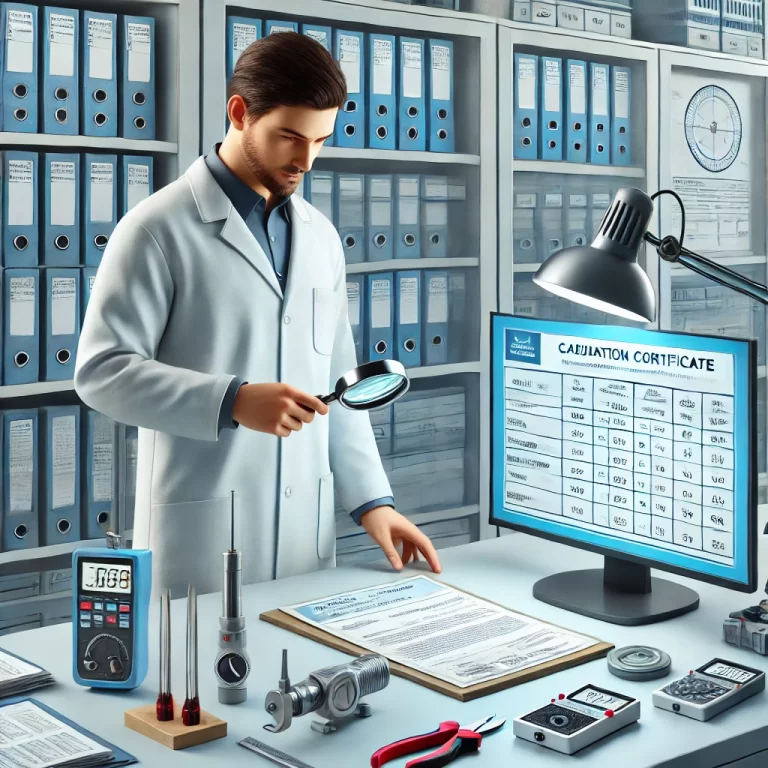
3. Lack of Standardized Operational Procedures for Non-Technical Personnel
Calibration errors can also stem from improper handling by non-technical personnel. Many operators may not have received adequate training or follow the correct procedures, which can result in inconsistent measurement results. To prevent such issues, it is essential to establish clear and standardized operating procedures for calibration tasks, including proper training for all personnel involved.
4. Interference Sources During Calibration
External factors such as electromagnetic interference, temperature fluctuations, and humidity can all impact the accuracy of calibration measurements. These sources of interference can distort the readings, especially for highly sensitive instruments. For example, in the case of ultrasonic flow meters, external noise interference in the environment can significantly affect the calibration process and even render measurements impossible. To mitigate such issues, it is crucial to follow the instrument’s operational manual and ensure that the environment is controlled—dry, stable in temperature, and free from external disturbances.
5. Instrument Faults
Mechanical or electrical failures within the instrument itself can contribute to calibration errors. For example, instruments with faulty wiring, damaged sensors, or other hardware issues may produce unreliable readings. To reduce the chances of such errors, it is essential to perform regular maintenance and check for any malfunctions before the calibration process. Additionally, repeating measurements multiple times and averaging the results can help reduce the impact of such faults.
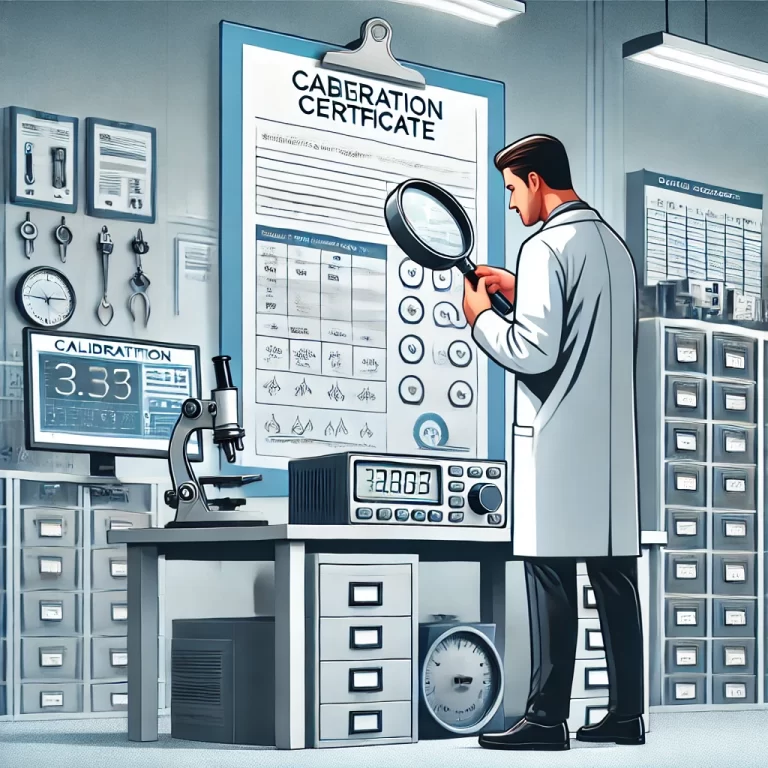
6. Errors Due to Improper Use of the Instrument
Calibration errors often arise when an instrument is not used correctly during operation. For example, certain instruments, like spectrophotometers, require a warm-up period before calibration. If this step is skipped, the instrument may not function within its specified parameters, leading to inaccurate measurements. To avoid this, it is important to consult experienced users, thoroughly read the user manuals, and ensure the instrument is set up and operated correctly.
7. Human Error
Human error is one of the most common sources of calibration discrepancies. It can occur due to simple negligence, improper reading of measurement values, or failure to follow correct procedures. While human error is unavoidable to some extent, proper training and adherence to best practices can significantly reduce its impact. Ensuring that personnel are well-trained in calibration techniques and emphasizing the importance of precision and responsibility will contribute to more accurate results.
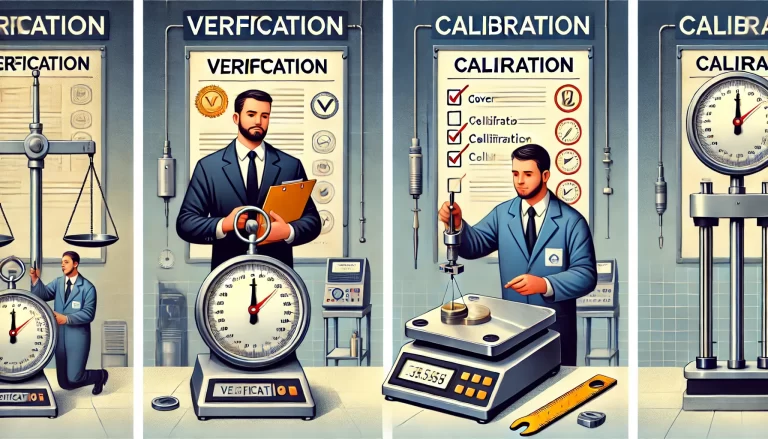
8. Environmental Factors
The environment in which calibration takes place plays a significant role in the accuracy of measurements. Factors such as temperature, humidity, electrical fields, magnetic fields, and electromagnetic radiation can all influence calibration results. For high-precision instruments, even slight variations in environmental conditions can lead to considerable measurement discrepancies. For example, ultrasonic flow meters need to be calibrated in a noise-free environment to avoid interference that could distort the readings. Therefore, it is essential to control the environmental conditions and ensure that the calibration is performed under optimal circumstances.
9. Theoretical Errors in Instruments
Even with strict adherence to calibration procedures, some instruments inherently possess certain degrees of error due to their design and theoretical limitations. These errors are typically non-systematic and are caused by fundamental imperfections in the instrument’s structure or measurement principles. The solution to this problem lies in improving the theoretical understanding and design of instruments. By using more accurate, scientifically sound designs, manufacturers can minimize inherent errors and enhance instrument performance.
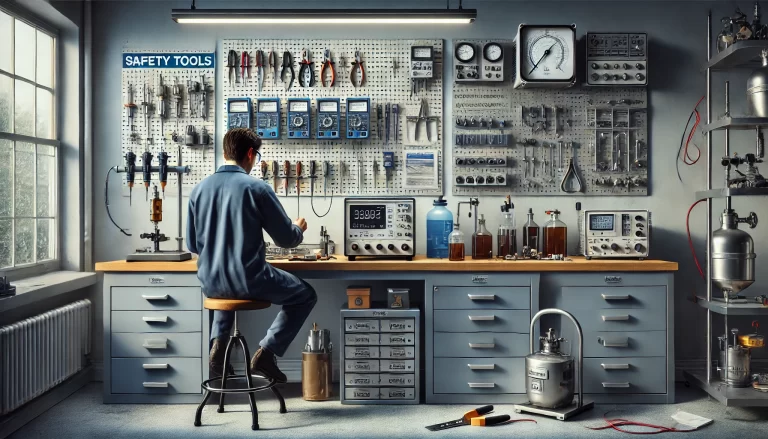
Conclusion
The accuracy of instrument calibration is affected by a wide range of factors, including incorrect measurement methods, uncalibrated equipment, human error, environmental interference, and even the inherent limitations of the instruments themselves. To achieve the most accurate and reliable calibration results, it is essential to adhere to standardized procedures, ensure proper instrument maintenance, train personnel adequately, and control environmental conditions. By understanding these potential sources of error and implementing effective mitigation strategies, we can significantly improve the precision and consistency of instrument calibration, ensuring more accurate measurements for a wide variety of applications.
